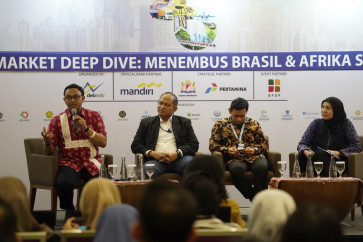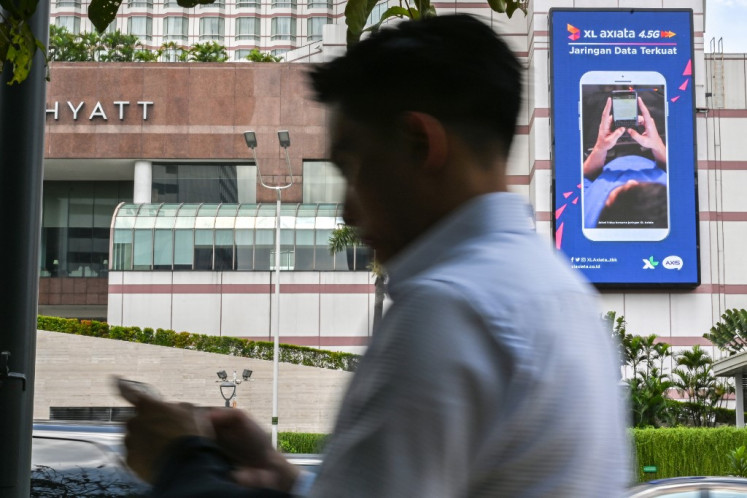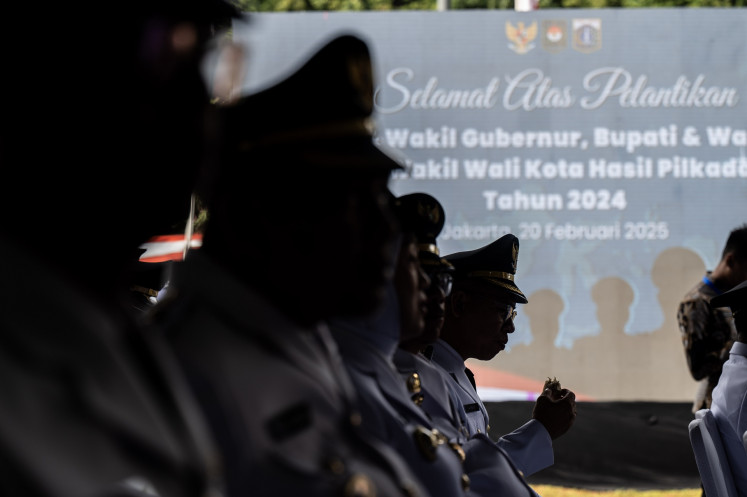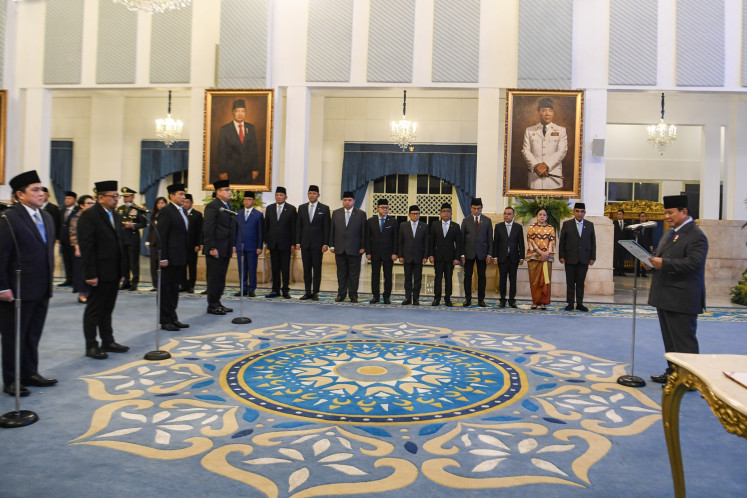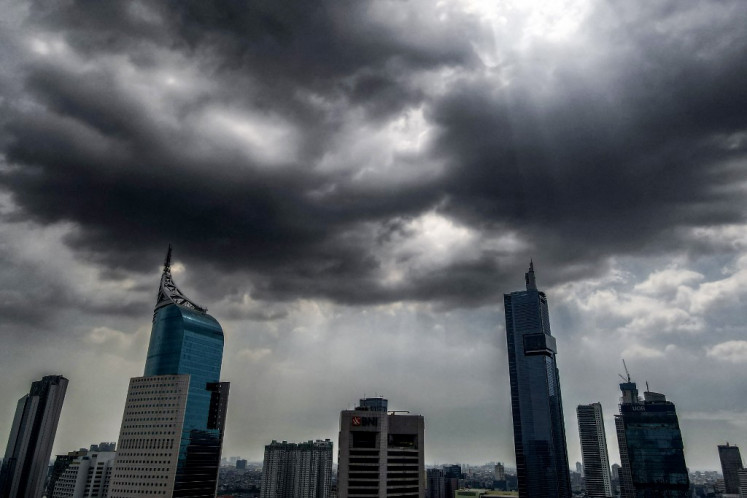Popular Reads
Top Results
Can't find what you're looking for?
View all search resultsPopular Reads
Top Results
Can't find what you're looking for?
View all search resultsThe history of German jazz in Jakarta this week
Your weekend has probably been booked by the true masters of the house, the kids
Change text size
Gift Premium Articles
to Anyone
Y
our weekend has probably been booked by the true masters of the house, the kids. And since the holiday season is coming, a picnic or a visit to a family-orientated center on the weekend would be your best bet, although one or two nights' stay at a five-star hotel with the entire family would be equally interesting.
But for the remaining days, your work shouldn't be the only life you lead. Goethe Institute Jakarta, for example, is once again ready to educate you on the history of jazz in Germany from May 18 to 27.
Holding a photo exhibition with different jazz genre as a background, the Deutscher Jazz/German Jazz is open every day except Sunday from 11 a.m. to 7 p.m. at Jl. Sam Ratulangi 9-15, Menteng.
Initially in Europe in the 1920s, jazz was forbidden during the reign of the Third Reich and became the new image of democracy and freedom after the end of WWII. It developed along different lines to American musical styles in the 1960s to become what is largely known as European jazz.
With German jazz icons like Albert Mangelsdorff, Peter Br*tzmann, Till Br*nner, virtuoso bassist Eberhard Weber and new generation jazz players like Christof Lauer, not to mention world-renowned labels like ECM and ACT, European jazz continue to become a fundamental genre in jazz for atmospheric, transcendent types of compositions with a minimalist approach and a wide range of colors.
Now an inseparable part of German life, Goethe Institute assigned Jazzinstitut Darmstadt to design an exhibition that would tell the entire tale of the jazz age in Germany and educate the world over five years after its initial exhibition at the 2006 jazzahead! in Congress Centrum Bremen, Germany.
Through the exhibition, the public should gain more knowledge about jazz in Germany, from its historic point of view, the underground clubs where jazz musicians play, festivals that promote the music to a wider scope of audience and the roles of recording labels and jazz radio stations. Old photographic evidence and public archives will be displayed alongside varied examples of German jazz played on MP3 players.
Fifteen huge panels to lead your way in are "Jazz Conquering Germany", "Jazz under the Third Reich", "Jazz Blooms", "The Liberation of Jazz", "East Germany, a Free Form Freedom or a Freedom Formed", "Life in Clubs and Underground Spaces", "Festivals, in and outdoors", "Learning Jazz...", "Phonograph Records and Compact Disk", "the Whale of Jazz", "Jazz in Radio", "Albert Mangelsdorff", "Today's Jazz Capital", "Europe" and "21st Century Jazz".
It's a must visit for jazz heads, those who claim to love the music or collect the works of European jazz groups and players; a one-time opportunity (it's actually two-time, but you can read about that next time) for fun and timeless education yet a perfect exhibition for the rest of the family. It is not open on Sunday though.



